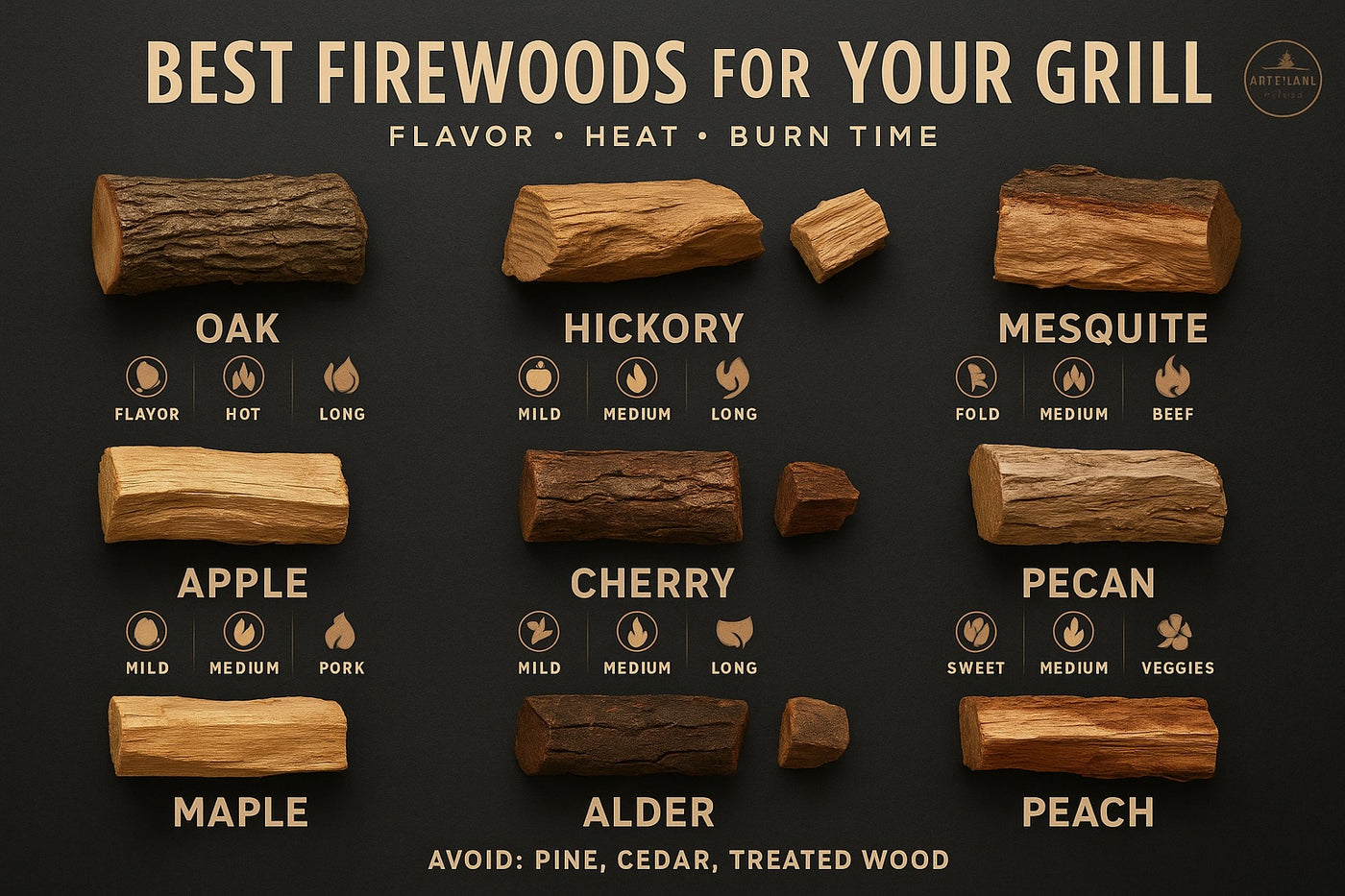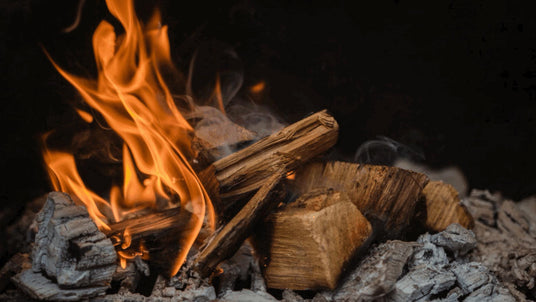
Why Lumber is not safe for smoking and grilling
From an expert perspective, it's crucial to understand why lumber is not suitable for smoking and grilling. Lumber, typically processed and often chemically treated for building purposes, poses significant health risks when used in cooking. In contrast to timber, which refers to raw, unprocessed wood, lumber includes wood that has been modified and possibly exposed to toxic chemicals. These chemicals, when lumber is burned, can release harmful ash and smoke.
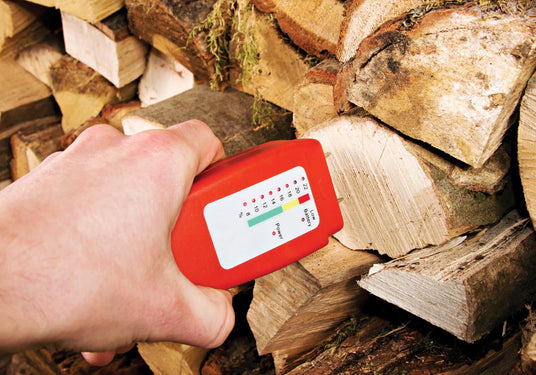
The importance of seasoned firewood
Seasoning firewood properly enhances grilling. Splitting wood evenly ensures faster drying and uniform burning, while storing it off the ground prevents mold. Choosing between split and whole logs is crucial; split logs light easily but burn quickly, whereas whole logs offer a longer burn.
Ideal firewood for grilling has a moisture content below 40%, with many professionals preferring around 20% for consistent heat. Assessing this moisture, either through a supplier or with a moisture meter, is vital for preparing firewood that optimizes grilling results.
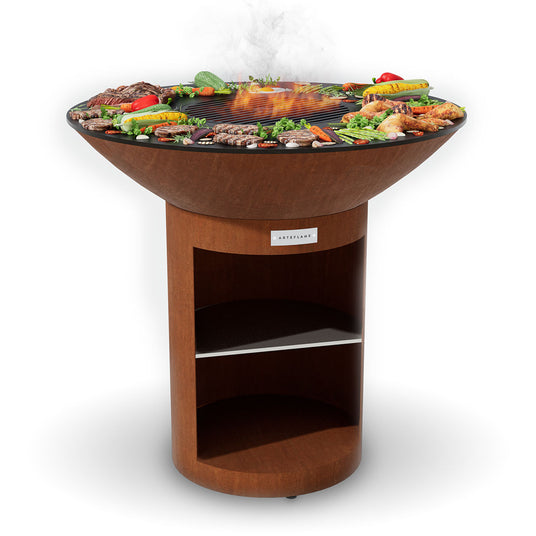
Grill and storage combined
Arteflame is transforming outdoor cooking with its advanced airflow design. This system blends charcoal and wood combustion, creating a unique grilling experience. The technology heats the grill grate above 1,000°F, perfect for searing steaks while maintaining internal rareness.
The Arteflame XXL 40" Grill with Storage elevates the grilling experience with its built-in wood log storage, a must-have for outdoor cooking enthusiasts. Its convenient design ensures a continuous supply of wood, enhancing flavor and maintaining ideal cooking temperatures.
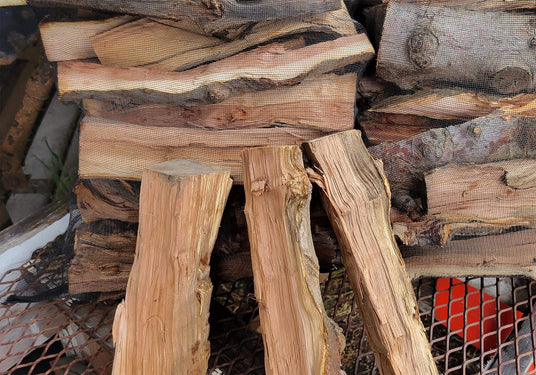
Apple
- Flavor Profile: Sweet and somewhat fruity.
- Ideal for: Beef, pork, lamb, poultry, and certain seafood.
- Applewood is milder and sweeter than many other types on this list. It pairs best with lighter-tasting meats but also try Applewood grilled burgers! They are amazing!
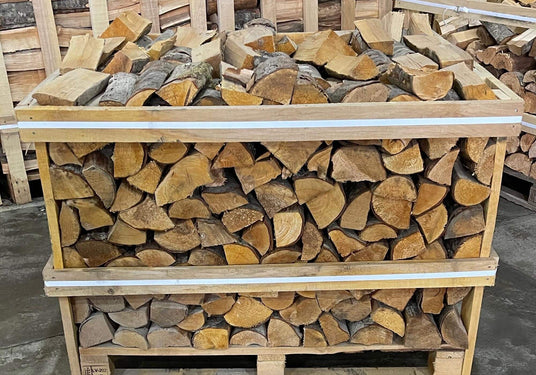
Alder
- Flavor Profile: Sweet, delicate, and universally appealing.
- Ideal for: Seafood and vegetables, making it a versatile choice.
- Alder is much milder than mesquite or hickory. It gives your food just a hint of smoke. It enhances your food rather than dominate the dish.
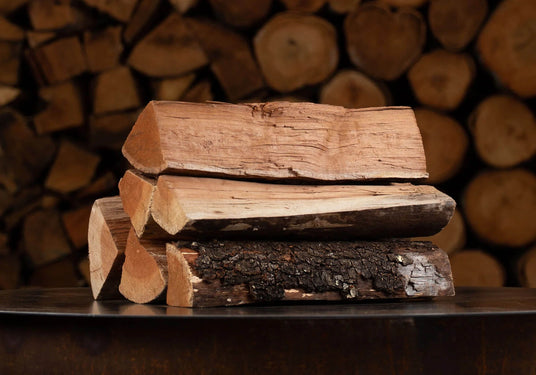
Cherry
- Flavor Profile: Mild and fruity.
- Ideal for: Pairing well with all meats, providing a unique wood-burning experience.
- Cherry has a mild, fruity sweet flavor that pairs well with just about any meat. It pairs well with poultry, pork, cured meats such as hams or sausages, and even wild game like duck or goose. As it is less intense tasting than other woods, cherry is a very good choice when grilling fish.
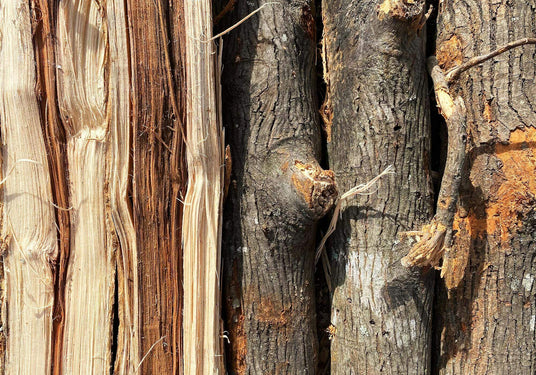
Hickory
- Flavor Profile: Sweet, strong, and bacon-like.
- Ideal for: A go-to choice for many grillers, especially for pork or chicken.
- Hickory and Oak are probably the #1 and #2 types of wood for grilling and smoking depending of where you live in the US.
- The taste of hickory smoke reminds of the taste of molasses — sweet, rich, and a bit nutty in flavor.
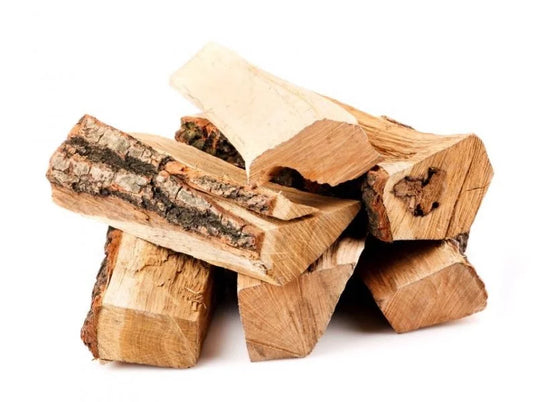
Maple / Sugar Maple
- Flavor Profile: Sweet, light, and very mild.
- Ideal for: Poultry, adding a sweet, smoky, savory flavor.
- Maple delivers a mild, sweet smokiness to veggies and is great for grilling poultry and fish. It's light sweet smoke doesn't overpower the food and Maple burns for a lengthy amount of time.
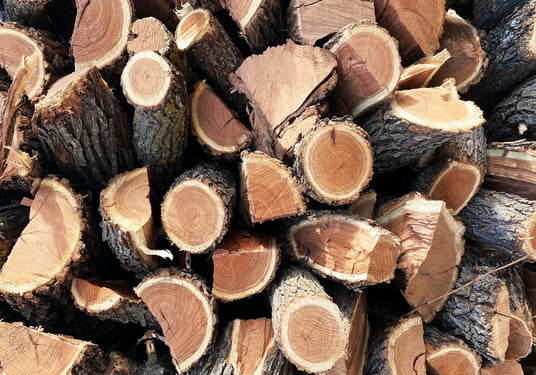
Mesquite
- Mesquite is one of, if not the, strongest smoking wood available.
- Flavor Profile: Very distinct, with a strong earthy flavor.
- Ideal for: Dark meats like brisket, wild game meat, duck, lamb, or Brazilian-style Barbacoa.
- The smoke flavor is like hickory but a more intense. Use mesquite for grilling rich tasting cuts of beef, venison, or game. Mesquite will overpower more delicate tasting foods.
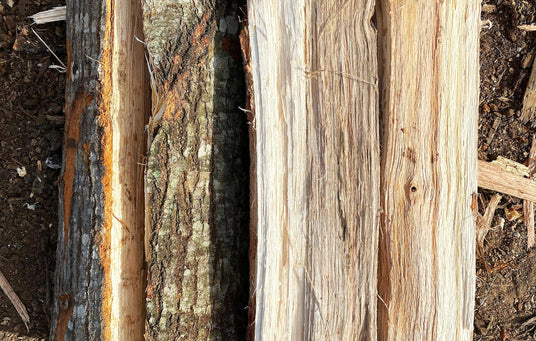
Oak
- Flavor Profile: Medium-strong, classic smoke.
- Ideal for: Compatible with almost every type of meat, dense, and produces long-lasting fires.
- As one of the most popular choices and an easily accessible pick, hickory wood features a profile similar to oak, and pairs well with pork and beef.
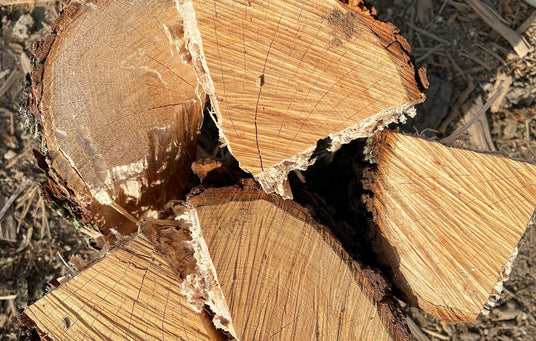
Pecan
- Flavor Profile: Sweet, rich, and nutty (similar to hickory).
- Ideal for: Poultry and meats like ribs, offering a trusted and less overpowering taste.
- Pecan is popular when grilling meat. Pecan's smoke gives a nutty taste that pairs well with many different foods. Pecan adds a rich taste without dominating all other flavors.
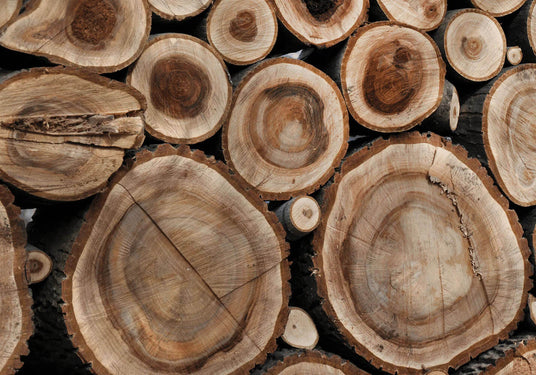
Walnut
- Flavor Profile: Strong, intense, with a potential for bitterness.
- Ideal for: Wild game, providing a heavy flavor that complements robust meats.
